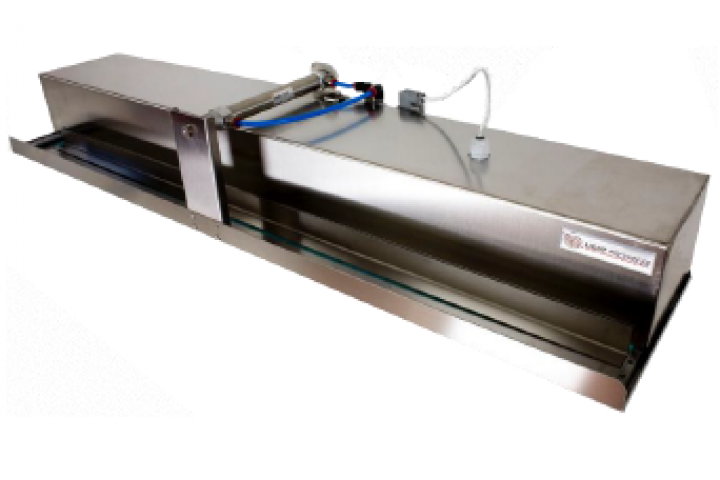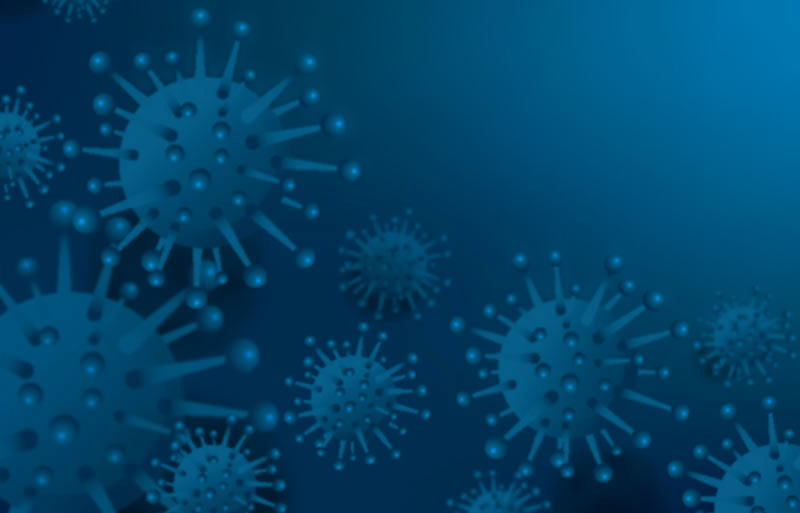Unveiling the Perks of UV Sanitation: Making Sure Tidy and Sanitized Spaces
In the age of enhanced understanding surrounding health and tidiness, the value of effective sanitation techniques can not be overstated. While traditional cleaning techniques have long been counted upon, advancements in technology have presented an innovative option that makes certain clean and sanitized areas: UV disinfection. By taking advantage of the power of ultraviolet light, this approach has gained acknowledgment for its ability to eliminate dangerous virus and give a thorough sanitization procedure. The benefits of UV sanitation prolong far past its effectiveness. This discussion will certainly discover the science behind UV disinfection, its performance on numerous virus, its applications in various setups, and the benefits it holds over conventional approaches. Additionally, we will certainly explore the safety factors to consider that should be considered when implementing UV sanitation. Prepare to uncover a brand-new measurement of tidiness and find the untapped capacity of UV disinfection.

The Scientific Research Behind UV Disinfection
UV disinfection is a clinically tested technique that uses ultraviolet light to remove harmful bacteria from surfaces and water. The science behind UV sanitation depends on the capacity of UV-C light to damage the DNA and RNA of microorganisms, providing them not able to duplicate and causing their ultimate fatality. UV-C light falls within the wavelength array of 200 to 280 nanometers, which is highly effective in ruining germs, infections, and other microorganisms.
When subjected to UV-C light, the genetic material of bacteria soaks up the energy from the light, causing the development of thymine dimers. These dimers interrupt the normal duplication and transcription procedures of the bacteria, inhibiting their ability to replicate and make it through (uv surface disinfection). The DNA and RNA damage caused by UV-C light is lethal to the microorganisms, making UV sanitation a efficient and reliable method for killing a large range of virus
UV sanitation is particularly useful in environments where conventional chemical anti-bacterials might be inefficient or impractical. It is a non-chemical technique that does not leave any type of deposits or harmful byproducts, making it secure for use in food handling, healthcare centers, water therapy plants, and various other sectors. Additionally, UV disinfection is eco-friendly, as it does not add to the advancement of antibiotic-resistant microorganisms or various other harmful contaminants.
Performance of UV Disinfection on Pathogens
The effectiveness of UV disinfection in eliminating virus has actually been thoroughly examined and proven in countless scientific studies. UV radiation has the capacity to suspend a wide variety of microbes, consisting of viruses, bacteria, and fungis, by damaging their DNA or RNA. This prevents them from duplicating and causing infections.
One research study released in the American Journal of Infection Control discovered that UV disinfection worked in decreasing the existence of several drug-resistant bacteria in hospital areas. One more research carried out by the National Institute for Occupational Safety and security and Health and wellness showed that UV sanitation had the ability to eliminate 99.9% of the influenza virus on surface areas.
UV disinfection has actually likewise shown assurance in combating the spread of healthcare-associated infections (HAIs) According to a research published in The Lancet, the usage of UV-C light along with standard cleaning protocols significantly minimized the incidence of HAIs in a medical facility setup.
Additionally, UV disinfection has verified to be effective against arising virus, such as the extreme acute respiratory system disorder coronavirus 2 (SARS-CoV-2), which triggers COVID-19. A study performed by the National Arising Transmittable Illness Laboratories read the article showed that UV-C light can suspend the infection on surface areas within secs.
Applications of UV Disinfection in Various Setups
With its proven efficiency in getting rid of microorganisms, UV sanitation has located applications in a range of settings. UV sanitation is likewise beneficial in water treatment plants, where it is used to kill harmful microbes and give safe alcohol consumption water.
Another essential application of UV disinfection impends filtration industry. UV air purifiers are used in household, industrial, and commercial settings to remove airborne bacteria, viruses, and mold spores. This modern technology is particularly helpful in atmospheres where people are much more prone to respiratory system infections, such as health centers, colleges, and office structures.
Moreover, UV sanitation is significantly being made use of in mass transit systems, such as trains and buses, to preserve clean and sanitized rooms for passengers. UV light is employed to decontaminate surface areas and air inside the lorries, decreasing the risk of spreading helpful resources contagious diseases.
Benefits of UV Sanitation Over Conventional Methods
In comparison to standard techniques, UV disinfection supplies an array of distinct benefits that make it a preferable choice in different markets and settings. One substantial benefit is its performance versus a vast variety of bacteria, including fungis, germs, and viruses. Unlike chemical anti-bacterials that might have limited efficacy against particular microorganisms, UV disinfection is a non-selective process that can eliminate or inactivate a broad range of harmful microorganisms.
An additional advantage of UV disinfection is its capacity to supply reliable and rapid disinfection. Traditional disinfection techniques typically require longer call times or several steps to achieve the preferred degree of sanitation. On the other hand, UV light can provide continuous and instant disinfection, minimizing downtime and increasing performance in various applications.
UV disinfection also provides a safe and ecologically pleasant alternative to standard disinfection methods. uv surface disinfection. Unlike chemical agents, UV light does not leave behind any kind of harmful residues or spin-offs, making it ideal for use in sensitive environments such as food handling facilities, healthcare settings, and water therapy plants
Moreover, UV disinfection is a cost-efficient solution in the lengthy run. While the ahead of time financial investment for UV sanitation systems may be more than typical methods, the functional prices are generally reduced. UV lamps have a lengthy lifespan and need very little upkeep, resulting in decreased click here now labor and substitute costs.
Security Considerations for UV Disinfection
Taking into consideration the prospective threats related to UV disinfection, it is important to deal with the safety and security considerations included in applying this innovation. UV disinfection makes use of ultraviolet light to eliminate or suspend microorganisms, making it an efficient approach for disinfecting different surfaces and items. Nonetheless, it is very important to recognize that UV radiation can likewise position risks to human health if correct precaution are not adhered to.
First and leading, direct exposure to UV radiation can cause damage to the skin and eyes. Extended direct exposure can result in sunburn, skin damage, and even a boosted risk of creating skin cancer cells. It is crucial to guarantee that UV disinfection systems are properly confined and outfitted with security functions such as automatic shut-off mechanisms or motion sensing units to prevent unintentional exposure.

In addition, correct training and education are essential for those accountable for operating UV sanitation systems. They ought to be conscious of the potential threats, understand the safety and security protocols, and recognize just how to manage and maintain the equipment properly.
Verdict
UV disinfection can be used in different setups, including healthcare centers, food handling plants, and water treatment systems. Contrasted to typical techniques, UV sanitation has advantages such as faster sanitation times, marginal chemical use, and no dangerous results.
UV sanitation is a scientifically tested approach that uses ultraviolet light to eliminate harmful bacteria from surface areas and water. The DNA and RNA damages created by UV-C light is lethal to the microorganisms, making UV sanitation a dependable and efficient approach for eliminating a broad array of microorganisms.
One more advantage of UV sanitation is its ability to supply reliable and fast sanitation. UV disinfection makes use of ultraviolet light to kill or suspend microbes, making it a reliable method for disinfecting different surfaces and items. Contrasted to traditional methods, UV sanitation has advantages such as faster disinfection times, very little chemical use, and no damaging results.